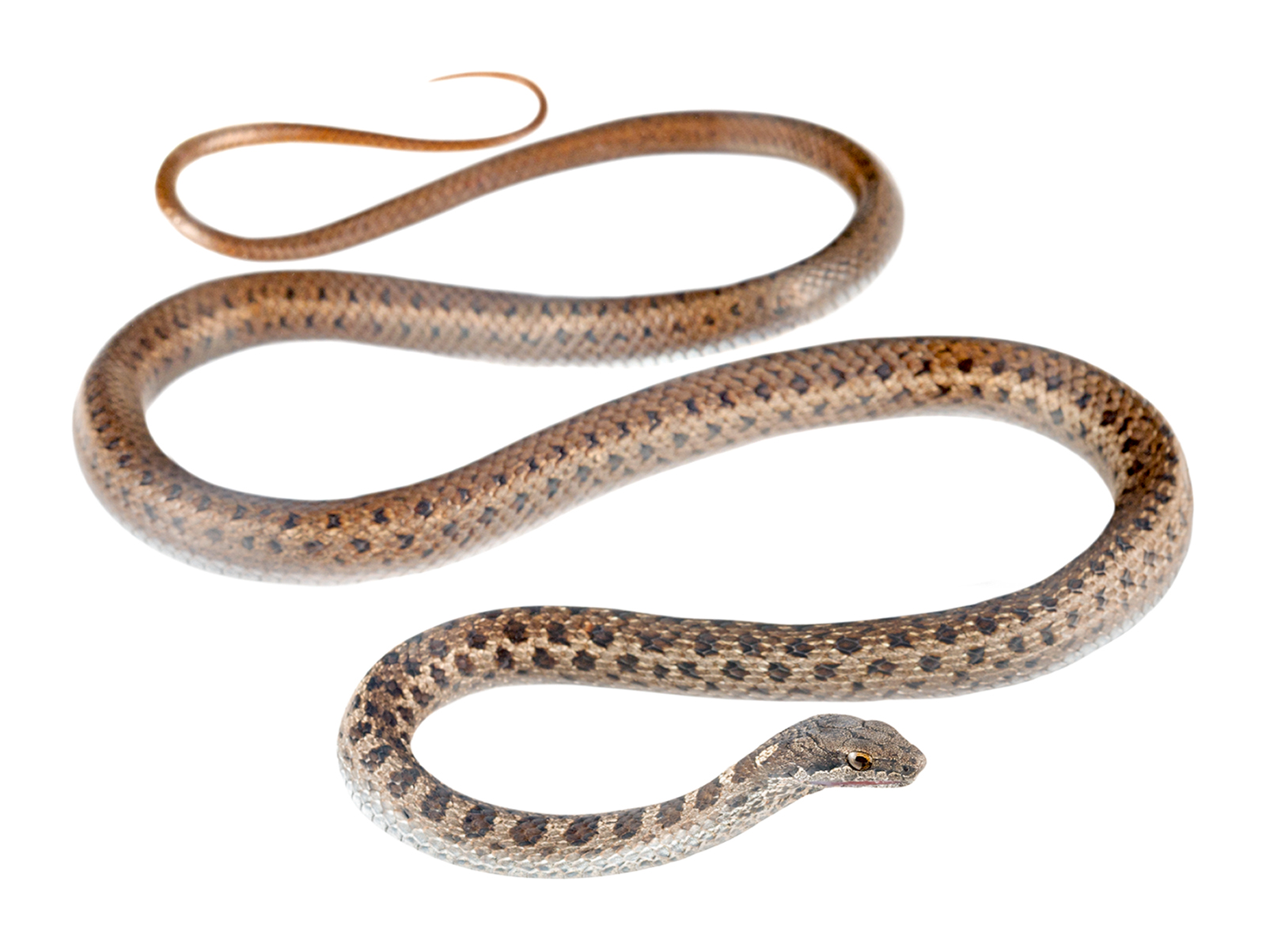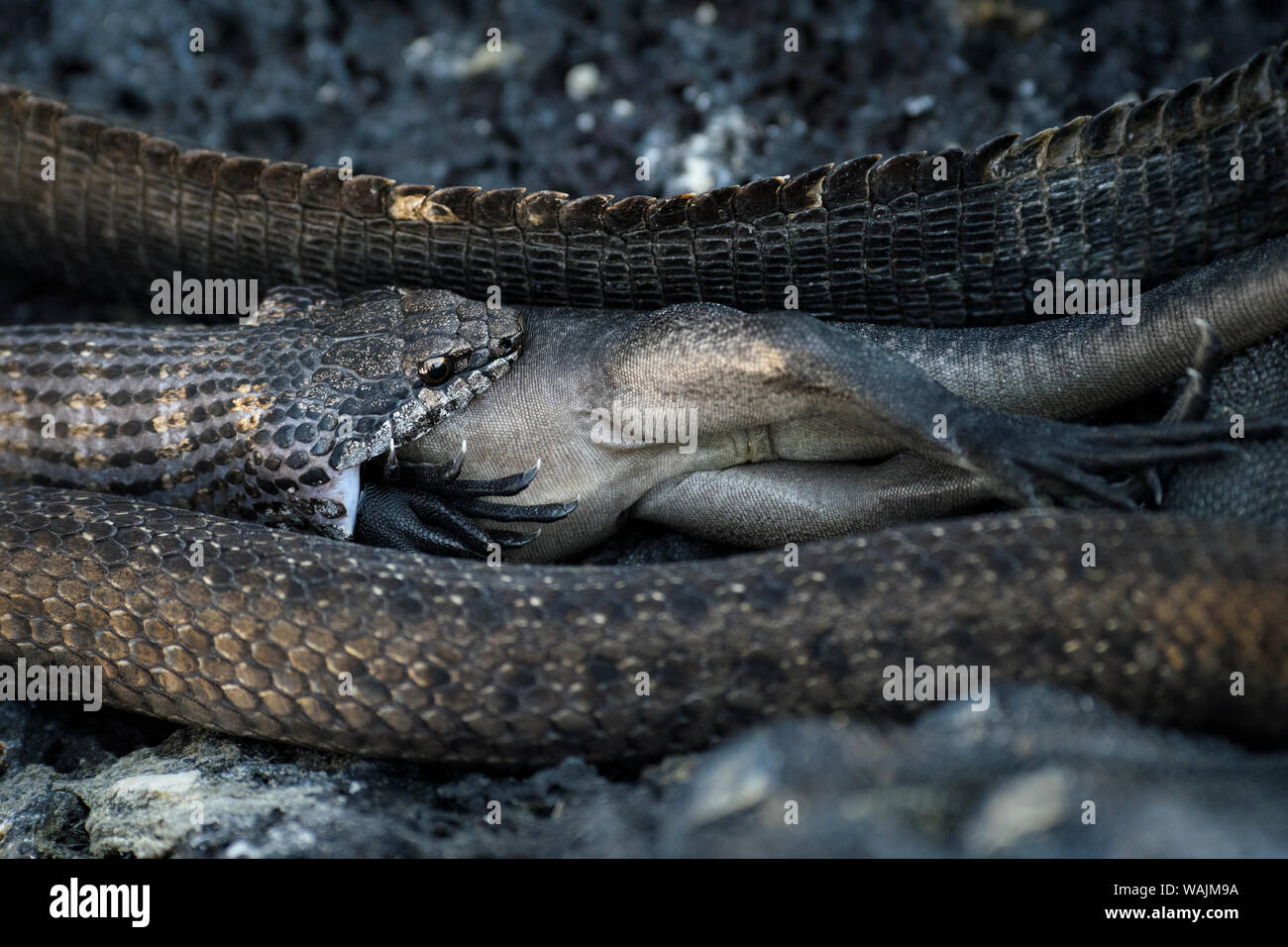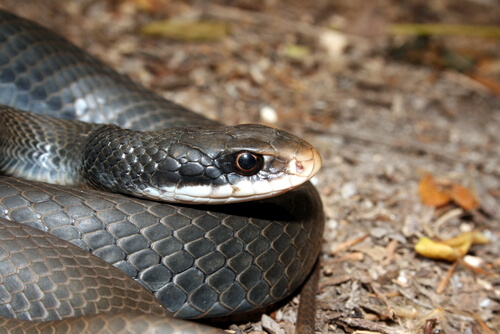
The different marine iguana populations fall into three main clades: western islands, northeastern islands and southeastern islands. The hybrids have intermediate features, stay on land and are infertile. This is very rare and has only been documented a few times on South Plaza, a tiny island where the usually separated breeding territories and seasons of the two species overlap. They have been known to hybridize where their ranges overlap, resulting in the so-called hybrid iguana. The marine iguana and Galápagos land iguana remain mutually fertile in spite of being separated by millions of years and assigned to distinct genera. However, a more recent study that included both mtDNA and nDNA indicates that the two split about 4.5 million years ago, which is near the age of the oldest extant Galápagos islands ( Española and San Cristóbal). It has therefore traditionally been thought that the ancestral species inhabited parts of the volcanic archipelago that are now submerged. Based on a study that relied on mtDNA, the marine iguana was estimated to have diverged from land iguanas some 8–10 million years ago, which is older than any of the extant Galápagos islands.

The land and marine iguanas of the Galápagos form a clade, the nearest relatives of which are the Ctenosaura iguanas of Mexico and Central America. Researchers theorize that land iguanas (genus Conolophus) and marine iguanas evolved from a common ancestor since arriving on the islands from Central or South America, presumably by rafting. Evolution A hybrid iguana, the result of interbreeding between a marine iguana and a Galápagos land iguana Its specific name is the Latin word cristatus meaning "crested," and refers to the low crest of spines along the animal's back.Īmblyrhynchus is a monotypic genus, having only one species, Amblyrhynchus cristatus. Its generic name, Amblyrhynchus, is a combination of two Greek words, Ambly- from Amblus (ἀμβλυ) meaning "blunt" and rhynchus (ρυγχος) meaning "snout". He recognized several of its distinctive features, but believed that the specimen he had received was from Mexico, a locality now known to be erroneous. The marine iguana was first described in 1825 as Amblyrhynchus cristatus by Thomas Bell. Taxonomy and evolution Species description and etymology

Although relatively large numbers remain and it is locally abundant, this protected species is considered threatened, primarily from El Niño cycles, introduced predators and chance events like oil spills. Marine iguanas vary in appearance between the different islands and several subspecies are recognized. After mating, the female digs a nest hole in the soil where she lays her eggs, leaving them to hatch on their own a few months later. Large males defend territories for a short period, but smaller males have other breeding strategies. They mainly live in colonies on rocky shores where they bask after visiting the relatively cold water or intertidal zone, but can also be seen in marshes, mangrove swamps and beaches.

Large males are able to dive to find this food source, while females and smaller males feed during low tide in the intertidal zone. Marine iguanas are the only extant lizard that spends time in a marine environment. Unique among modern lizards, it is a marine reptile that has the ability to forage in the sea for algae, which makes up almost all of its diet. But the producers rejected this and said that they were ‘keeping with the norms of natural history film-making – and absolutely in line with the BBC’s editorial policy guidelines, and was a true representation of animal behavior.The marine iguana ( Amblyrhynchus cristatus), also known as the sea iguana, saltwater iguana, or Galápagos marine iguana, is a species of iguana found only on the Galápagos Islands ( Ecuador). The film crew caught the scenes so well that, they have been accused of ‘faking it’ by sequencing unrelated scenes together to create the powerful effect this film create. But the thing is How many times did you really have to run for your life? Literally, run for your life?īBC’s award-winning ‘Planet Earth II’ documentary scenes from Galapagos islands show the hell-of-a-run of a baby iguana from predator racer snakes.įilmed on Fernandina island in Galapagos during 36 days over a period of two years, this fragment of the documentary beautifully catches the remarkable run of a baby iguana from racer snakes and not giving up, up until the last moment… That you have to find a work, worse, spend the best times of the day (as a matter of fact, of your life) spend at a work environment and pay all those bills…


 0 kommentar(er)
0 kommentar(er)
